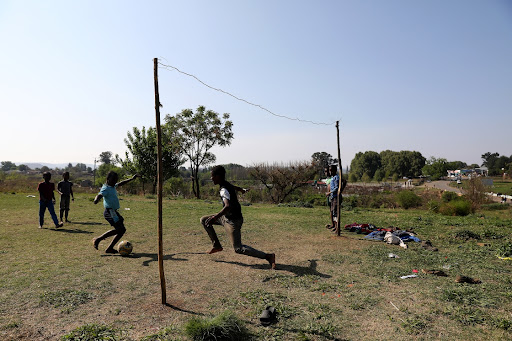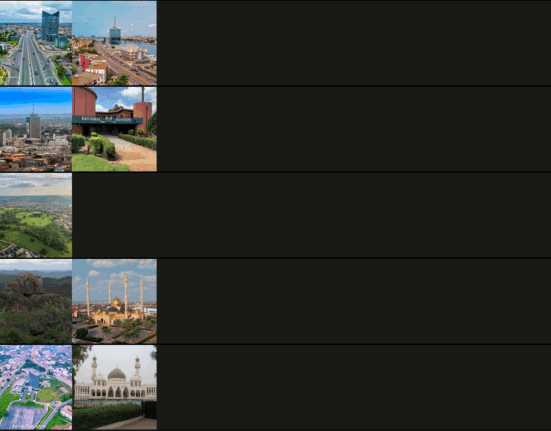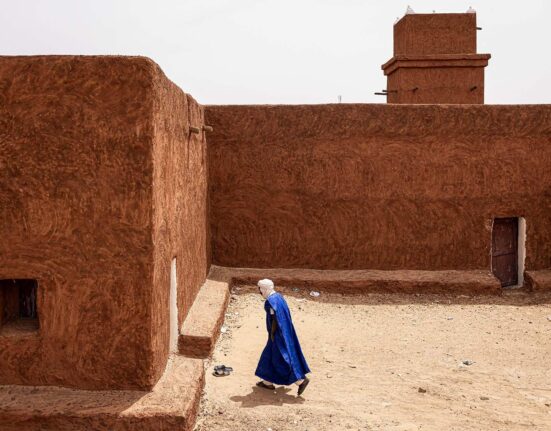In a country where family structures and social welfare systems play crucial roles in shaping lives, recent data from Stats SA sheds light on the evolving landscape of households and the increasing reliance on government grants. The General Household Survey paints a vivid picture of South African households, revealing a significant shift in family compositions and living conditions over the years.
The report highlights a steady rise in the number of individuals depending on social grants, soaring from 12.8% in 2003 to 40.1% in 2024 with the introduction of the special Covid-19 relief grant. This increase in grant recipients has had a profound impact on household dynamics, with over half of households now receiving at least one grant. This growing reliance on government assistance underscores the complex socioeconomic challenges facing many families across the country.
One of the striking findings of the survey is the changing structure of households, with a notable decrease in the number of children living with both parents. Less than a third of children reside with both parents, while nearly half live with only their mothers. The data also reveals a significant percentage of orphaned children and those living with neither of their biological parents, reflecting the diverse family arrangements present in South Africa today.
Moreover, the report highlights the prevalence of female-headed households, particularly in rural areas like the Eastern Cape and KwaZulu-Natal. These households face unique challenges and responsibilities, often shouldering the financial and caregiving burdens alone. The distribution of households across different provinces underscores the regional disparities in family structures and support systems.
Beyond family dynamics, the survey delves into the living conditions of households, showcasing improvements in access to basic amenities. The increase in households living in formal dwellings and owning their homes signifies progress in housing infrastructure. Access to essential services like water, sanitation, and electricity has also seen significant enhancements, contributing to a better quality of life for many South Africans.
The shift towards electrification has not only improved living standards but also transformed energy consumption patterns within households. The widespread use of electricity for cooking and the ownership of electrical appliances indicate a higher level of comfort and convenience for many families. However, challenges like load-shedding continue to impact a significant portion of households, necessitating alternative energy sources for cooking and other needs.
Furthermore, the report touches on healthcare and communication trends, revealing a decline in traditional media consumption and an increase in digital connectivity. The rise of mobile phone ownership and internet access signifies a shift towards modern communication channels, reflecting broader technological advancements and changing media consumption habits among South African households.
As South Africa navigates these evolving family structures and socioeconomic trends, policymakers and stakeholders must address the underlying issues driving the reliance on social grants and the changing dynamics of household compositions. Understanding the implications of these shifts is essential for developing targeted interventions and support services to meet the diverse needs of families across the country.
In conclusion, the Stats SA survey provides a comprehensive snapshot of the multifaceted challenges and opportunities facing South African households. It underscores the importance of adaptive social policies and community initiatives to support families in a rapidly changing environment. By recognizing and responding to these shifting dynamics, South Africa can strive towards creating more inclusive and resilient communities for all its citizens.









Leave feedback about this